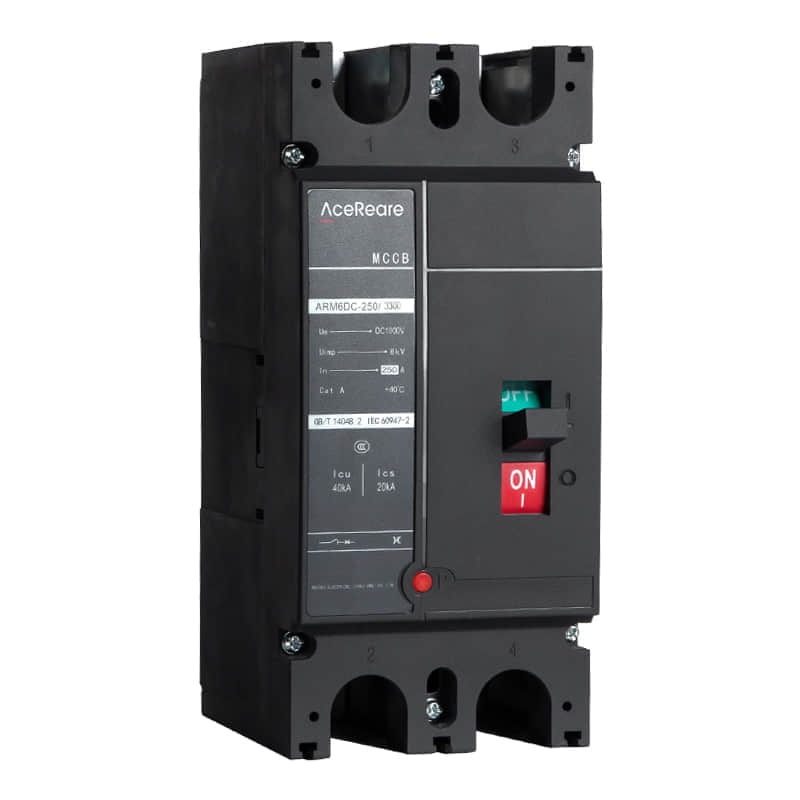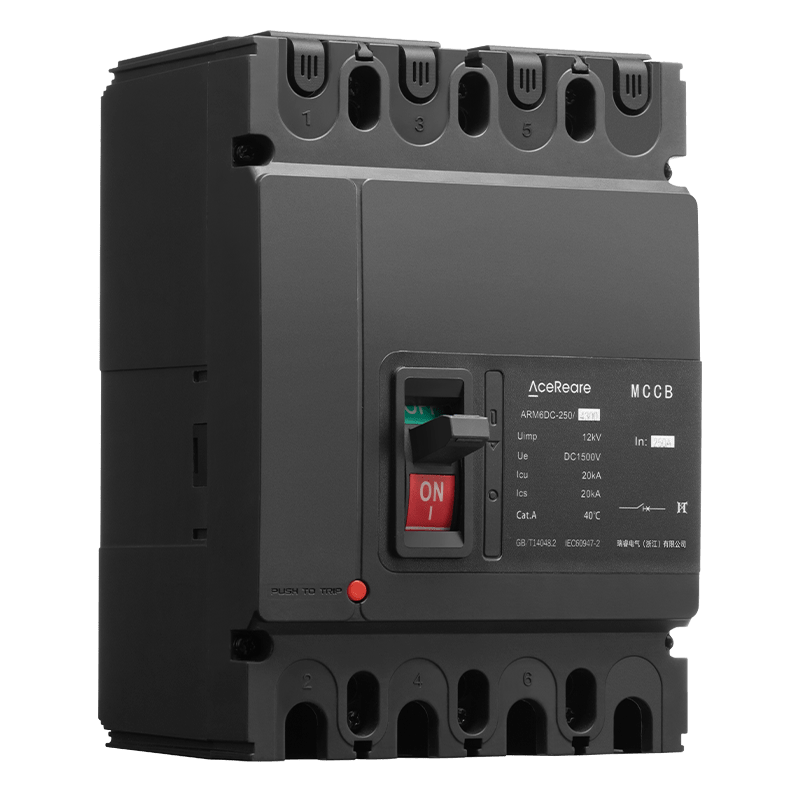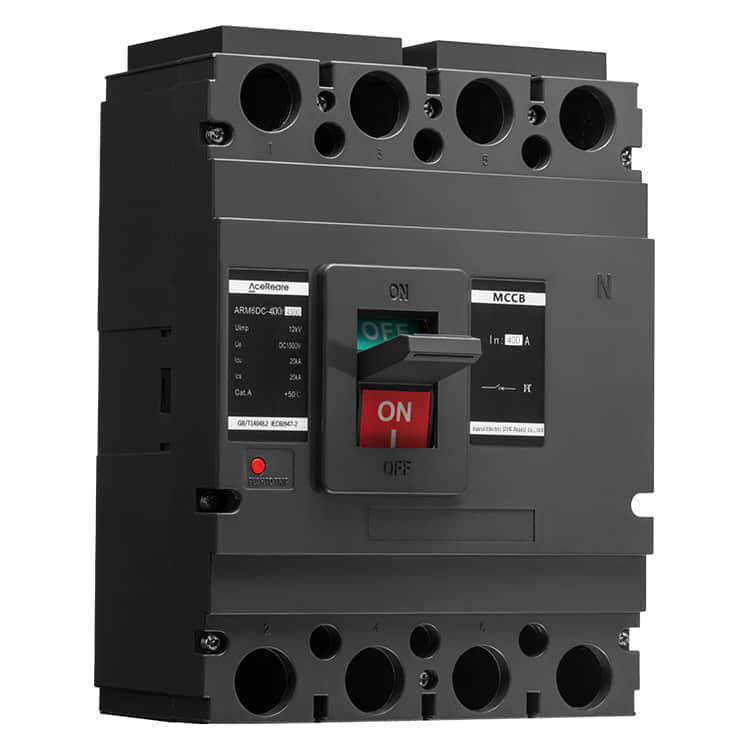In our ever-evolving quest for sustainable energy solutions, photovoltaic (PV) technology has emerged as a frontrunner. Solar panels harness the power of the sun to generate electricity, offering a clean and renewable energy source. However, like any electrical system, PV installations require robust safety measures. This is where the Photovoltaic Molded Case Circuit Breaker (PV MCCB) steps in, ensuring the efficient and secure operation of solar power systems.

1. Introduction to PV MCCB

The PV MCCB is a vital component in solar energy installations. It serves as a protective device, preventing overcurrent and short-circuit faults that could potentially lead to fires or damage to the solar panels and connected equipment. 2. Functionality The primary function of the PV MCCB is to interrupt the flow of electricity in the event of a fault. It does so by opening its contacts when an abnormal current is detected. This rapid response is crucial in preventing overheating and fires, which are significant concerns in PV installations. 3. Features and Advantages a. Rated Current and Voltage PV MCCBs are designed to handle the specific current and voltage levels generated by solar panels. They come in various ratings to accommodate different system sizes, making them versatile for both residential and commercial applications. b. Thermal and Magnetic Protection These circuit breakers offer thermal protection against overloads and magnetic protection against short-circuits. This dual-layered protection ensures the safety of the entire PV system. c. Durability PV MCCBs are built to withstand harsh environmental conditions. They are typically housed in robust, weather-resistant enclosures, ensuring longevity and reliability in outdoor installations. d. Remote Monitoring Many modern PV MCCBs are equipped with remote monitoring capabilities. This feature allows system operators to monitor the status of the circuit breaker and receive real-time alerts in case of a fault. e. Easy Installation Installing a PV MCCB is straightforward, making it an attractive option for solar installers. Its user-friendly design reduces installation time and effort. 4. Compliance with Standards PV MCCBs must adhere to international safety standards, such as IEC 60947-2, to ensure their reliability and performance in solar applications. Compliance with these standards guarantees that the circuit breakers can handle the unique demands of photovoltaic systems. 5. Importance in Fire Prevention One of the most significant advantages of PV MCCBs is their role in fire prevention. Solar panels can generate a substantial amount of heat, and in the presence of an electrical fault, this heat can escalate quickly, leading to fires. The rapid response of the PV MCCB can prevent such incidents, safeguarding lives and property. 6. Conclusion The Photovoltaic Molded Case Circuit Breaker is an unsung hero in the realm of solar energy. While solar panels garner most of the attention, the PV MCCB quietly ensures their safe and efficient operation. As the world increasingly turns to renewable energy sources, the importance of reliable safety measures like the PV MCCB cannot be overstated. Its ability to protect against electrical faults and prevent catastrophic events underscores its significance in the solar industry. So, as we continue to harness the power of the sun, let us not forget the crucial role played by the PV MCCB in making this transition to clean energy a safe and sustainable one.
